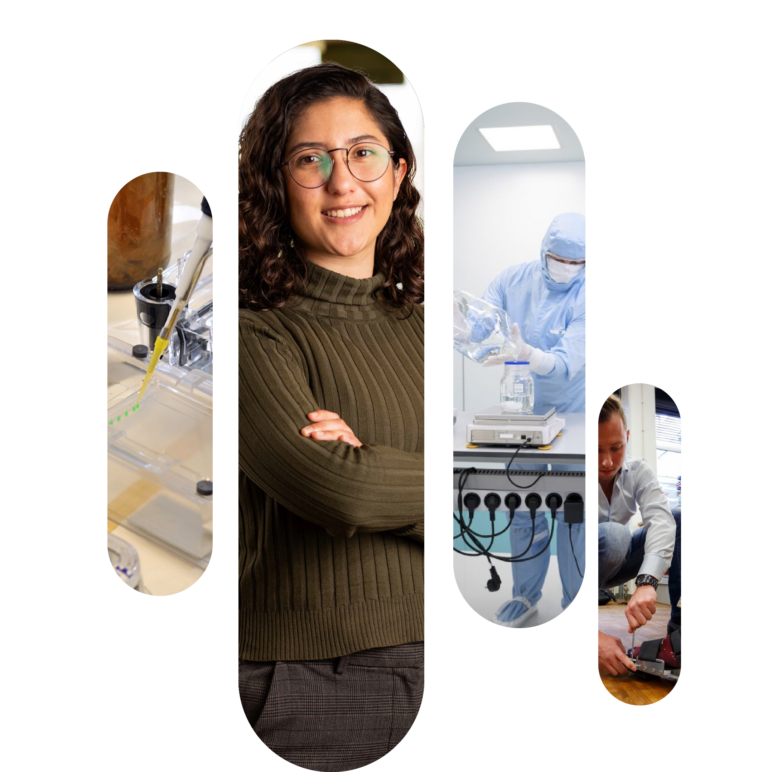
Mariana Leal Estrada
Oxygen-releasing adhesives to promote anastomotic healing in esophageal surgery
After finishing my bachelor’s in Nanotechnology, I did my master’s in Innovative Medicine. I will start my HTRIC PhD project in September 2023. Our goal is to develop an oxygen-releasing ‘glue’ to prevent postoperative anastomotic leakage and promote wound healing in esophageal cancer patients. This will improve patients’ healthcare and recovery after tumour resection.
This project is applied for by Prof. Dr. Inge S. Zuhorn (UMCG) and Prof. Dr. Ranjita K. Bose (FSE), together with Dr. Jan Willem Haveman (UMCG).
Project start: September 2023
A sneak peek into the operating room: Treating esophageal cancer
In this series, the HTRIC PhD candidates will give a little insight into their lives doing their research projects. Mariana is one of our PhD candidates, instead of telling you all about her project and giving a detailed description of her research, in this blog she will share with you some of her day-to-day experiences.
Before telling you about my project, let me explain the problem we are trying to solve. Imagine you have been diagnosed with esophageal cancer, and your doctor decides that the best option to treat you is through surgery. The doctor explains the plan is to cut the part of the esophagus that has the tumor and then reconnect the remaining esophagus with your stomach. It may sound straightforward, but it is a four to six-hour procedure.
That was all the information I had with me during the first week of my PhD and a few days after I had already entered the operating room. Do not worry; I did not perform the surgery; I was there to observe and understand the challenges patients and medical staff faced. It was my first time watching surgeons in action, and while I was excited, I also have to admit I was a bit scared – blood and I are not exactly best friends.
Luckily for you and me, medical advances allow doctors to carry out complex operations less invasively. This means that instead of opening the patient and exposing all the organs, for non-invasive surgeries, doctors only make small incisions to introduce a camera and some tools attached to tubes to control them from the outside. The camera sends a live image to big monitors; it is amazing to see the organs of a human in 3D. Plus, I was thrilled by the fact that there was almost no blood during the surgery because every cut was immediately sealed.
Now that we have a good picture of the surgical procedure used to treat esophageal cancer patients, I can introduce my project. We are working on developing a material that will act like a ‘glue’ in the surgical connection between the esophagus and stomach. At the same time, our material will provide the tissue with oxygen, preventing complications after surgery and promoting a faster patient recovery.
Hopefully, I will be able to tell you more about the technology we are developing soon. Feel free to reach out if you are interested and would like to discuss any questions or ideas.